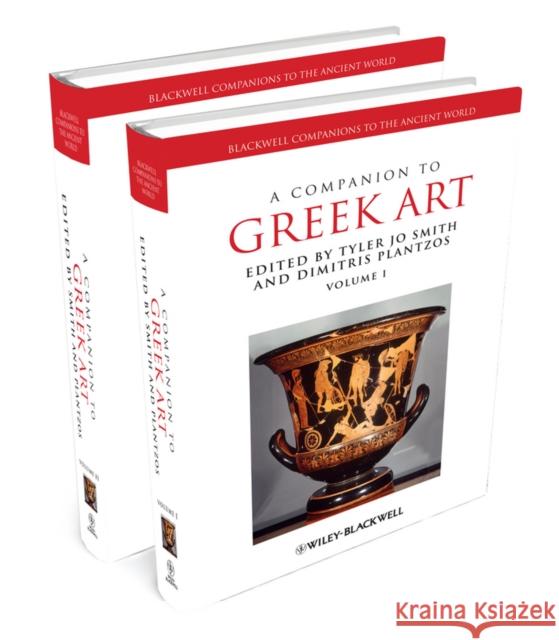A Companion to Greek Art 2 Volume Set: Blackwell Companions to the Ancient World » książka
topmenu
A Companion to Greek Art 2 Volume Set: Blackwell Companions to the Ancient World
ISBN-13: 9781405186049 / Angielski / Twarda / 2012 / 888 str.
A Companion to Greek Art 2 Volume Set: Blackwell Companions to the Ancient World
ISBN-13: 9781405186049 / Angielski / Twarda / 2012 / 888 str.
cena 1608,68
(netto: 1532,08 VAT: 5%)
Najniższa cena z 30 dni: 1595,50
(netto: 1532,08 VAT: 5%)
Najniższa cena z 30 dni: 1595,50
Termin realizacji zamówienia:
ok. 30 dni roboczych.
ok. 30 dni roboczych.
Darmowa dostawa!
A comprehensive, authoritative account of the development Greek Art through the 1st millennium BC.
- An invaluable resource for scholars dealing with the art, material culture and history of the post-classical world
- Includes voices from such diverse fields as art history, classical studies, and archaeology and offers a diversity of views to the topic
- Features an innovative group of chapters dealing with the reception of Greek art from the Middle Ages to the present
- Includes chapters on Chronology and Topography, as well as Workshops and Technology
- Includes four major sections: Forms, Times and Places; Contacts and Colonies; Images and Meanings; Greek Art: Ancient to Antique











